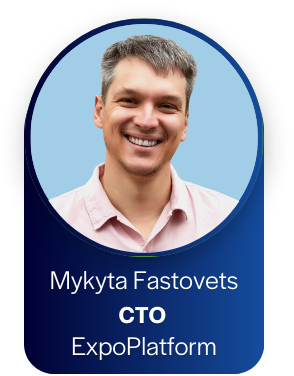
By: Mykyta Fastovets, CTO at ExpoPlatform and Member of the UFI Digital Innovation Working Group
This year’s UFI Digital Innovation Award put a spotlight on technological advances by innovators who push the boundaries of our industry.
Projects put forward by the finalists illustrated how the digital transformation of events has gone from strength to strength, completely shifting how organizers think about the exhibitions world.
Not only in powering experiences, but to improve marketing campaigns, develop new ways to understand customers, create new products and more.
Here, we’ll take a look at those four submissions which came out on top in this year’s awards.
Easyfair’s five-year data project fuels AI improvements
Easyfair’s data aggregation platform works as its foundation for building AI-fuelled improvements and boosting experiences.
It came out on top at this year’s awards, with the initiative greatly deepening the understanding of customer needs and forging new paths for monetisation.
This project was inspired by how organizers are in a unique position to gather information about the dynamics of the B2B world – with this platform holding all that data in one place for the organizer.
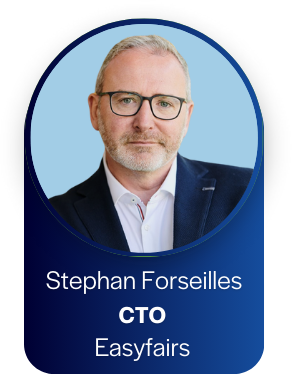
Stephan Forseilles, CTO at Easyfairs, believes their platform is now set for “exciting” growth over the next decade.
He said: “It’s the central node of our data exchanges – it’s the full repository.
“All of our reporting is done from that platform, all of our AI algorithms run on that platform – so it’s used all the time.
“It has allowed us to be very agile and quick in terms of developing our own AI algorithms in all areas of the business.
“You can only do that if you first have that platform that consolidates the whole data for the company.
“We started that early, which allows us to be very quick when new products and new platforms based on AI become available – we can then connect them to our data repository and use them.”
Easyfairs began the project more than five years ago, starting by hiring someone to be in charge of setting up a team of data engineers.
This allowed them to start building its data warehouse – the centralized place to store all of its information – with all of the dataflows going in and out.
A team of analysts were then able to develop dashboards and reports based on the information gathered.
The final step in this process for Easyfairs was to have data scientists develop AI algorithms to exploit the information and uncover new insights.
Data types of interest involve information about what people do on an event website, mobile app as well as in the live environment.
Stephan said: “It’s everything you can gather to better understand the dynamics of the community you are serving and allows you to be more effective.
“Every data which is valid and true is good to have – so collect it, if it doesn’t go against privacy standards, of course, you should be very aware of that.”
Easyfairs is now getting set to launch industry insight products for its customers based on the platform, powered by the vast amount of information it has available.
Stephan said: “There are not many people in the world – except organizers – who have that kind of information about the dynamics of B2B industries, which I think is really an exciting prospect for the next five to 10 years.”
He also had a piece of advice for any organizers who want to build something similar – always start with the valuable data.
Stephan added: “If you don’t have the right infrastructure procedures in place to have centralized, clean and up-to-date data, then don’t try it – it will not work.
CTA’s tech-focused campaign fuels ‘extensive’ media coverage
The Consumer Technology Association’s innovative CES 2024 marketing campaign was driven by two things – boosting experiences and media reach.

This event showcases the entire consumer tech landscape with companies including manufacturers, developers and suppliers.
It also includes a conference program where the world’s business leaders and pioneering thinkers address the industry’s most relevant issues.
CTA launched its new “All On” campaign to heighten experiences and promote shareability, tackling some of the biggest topics in tech.
Melissa Harrison, Vice President of Marketing & Communications, said: “The CTA needed to develop an advertising campaign for CES 2024 with two main objectives: to ignite both exhibitor and guest attendance to new highs and to tie the campaign into the year’s biggest tech trends in a way that was ownable and shareworthy.”
CTA developed the campaign with the aim to build a “sense of wonder and excitement” around cutting-edge technology.
AI was used to inspire visual elements, while 3D modeling and motion capture was employed to adjust elements before generative AI was involved.
The campaign platform was created with a strong human element to make it more impactful.
Melissa added: “The final project achieved significant success, exceeding all goals and benchmarks, including increased attendance and extensive media coverage.
AI-powered chatbot frees up Messe München support team
An AI-powered chatbot which changes its tone depending on the type of trade fair was developed by Messe München to free up its support team’s workload.
The organizer teamed up with students at Ludwig Maximilian University in Munich, who built prototypes to create an interface which addresses common questions.
They then worked to teach the chatbot content from a website which can make it easier for users to find information.
Linda Haas, Application Developer at Messe München GmbH, said: “We have a support team for exhibitors and they get many, many questions before trade fairs via mail or telephone – we wanted to reduce these questions.”

Peter Tubak, Head of Application Development at Messe München GmbH, said: “Our call center and of course, the organizer committees, experience the same questions again and again.
“Most of these questions could be answered by our websites, because we have the content there – but sometimes it’s easier to ask for an answer.”
Linda added: “For simple questions, this solution is working very well.”
The tool uses Microsoft AI technologies and is built on Azure, incorporating HTML Koala for website readability and Azure AI Search for indexing.
Users simply ask the chatbot interface about an issue impeding their experience with the event, which can then be answered in a human-like way based on information the tool was fed.
The chatbot’s tone can be customized based on the type of trade fair, with different styles of communication for premium and general segments.
For instance, industries such as sport and leisure could be more “free and more open” to the customer, while higher-end luxury segments could have a very polite approach.
Peter added: “We expect that each exhibition will have its own tone or way of communication.”
Another key component to the success of the project was the collaboration between the Messe’s business, corporate development, product development, innovation, IT and legal teams to achieve its goals.
This coming together of different departments working towards a common goal was also described as a positive result for the initiative.
Project groups have been testing the tool with reported success, with it due to go live for the first time in November.
ISE 2024 dynamic display drives engagement and sponsorship options
A dynamic information display which is completely powered by green energy allowed ISE 2024 to drive engagement and sponsorship opportunities.
The event wanted to mark its 20th anniversary by creating a standout audiovisual experience to benefit visitors and exhibitors.
Fira de Barcelona was convinced by the organizer to install a new transparent LED display which could interact with the audience in real-time, showcase digital artistry and give sponsors the ability to create more engaging content.

Mike Blackman, Managing Director at Integrated Systems Europe (ISE), said: “The aim was for the screen to be a dynamic information display, before, during and after the show – replacing printed branding outside and providing flexible options for our sponsors to create more engaging content.
“It also meant we could engage and entertain our audience with real-time interactions, which we did with our interactive shooting star game, and also showcase creative digital artistry.
“On an industry level, it was a brilliant opportunity to demonstrate how AV and systems integration is about people and technologies working together to create amazing experiences.”
The display was installed on the outer façade of the south entrance to the Fira de Barcelona Gran Via, where the ISE takes place.
ISE worked with audiovisual technology companies SONO, LANG AG, Realtime Department, Ventuz and the Fira IT team to bring the idea to life.
At 11 meters tall and 20 meters wide and with a transparency of 80%, it’s the largest transparent LED display of its kind installed at any exhibition venue in Europe.
It is also powered by 100% green energy from renewable sources, with 40% produced locally to help ensure it is a sustainable project.
The result illustrates how the screen can drive sponsorship, deliver key messages and support the culture “Barcelona is renowned for”.
Mike added: “The South Access Welcome Screen is built from many of the technologies exhibited within the ISE show – not just the screen itself, but also the infrastructure that schedules and serves up the content – so it’s the perfect example of ISE technologies in practice for our attendees to see at the start of their visit.”
The South Access screen is now a permanent installation and will be continuously updated as technology advances.
Fira de Barcelona can use the South Access Welcome Screen for other shows it holds throughout the year.
It is also available for use by the city for public messaging.

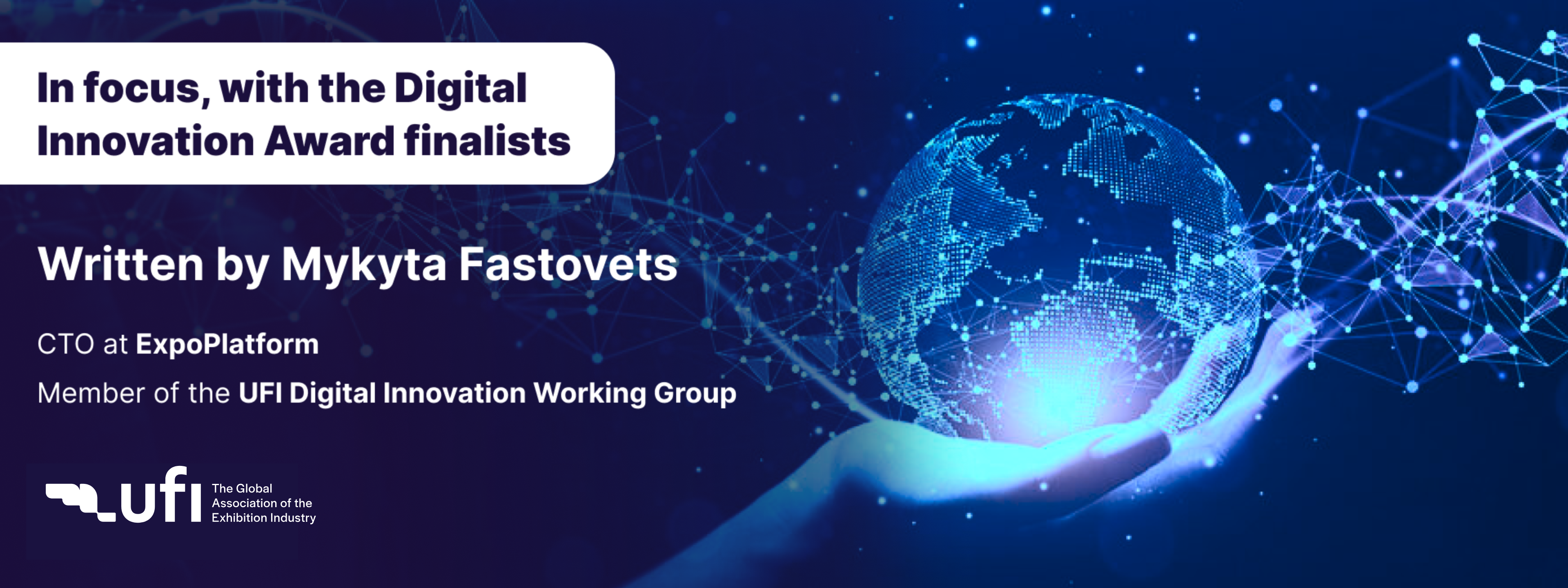
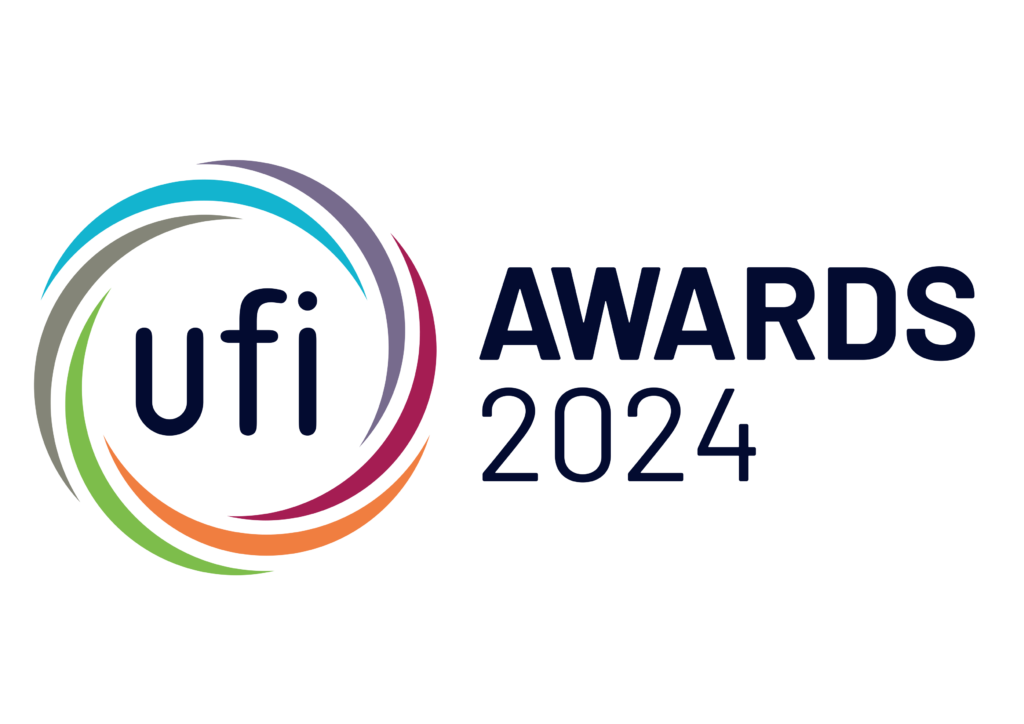
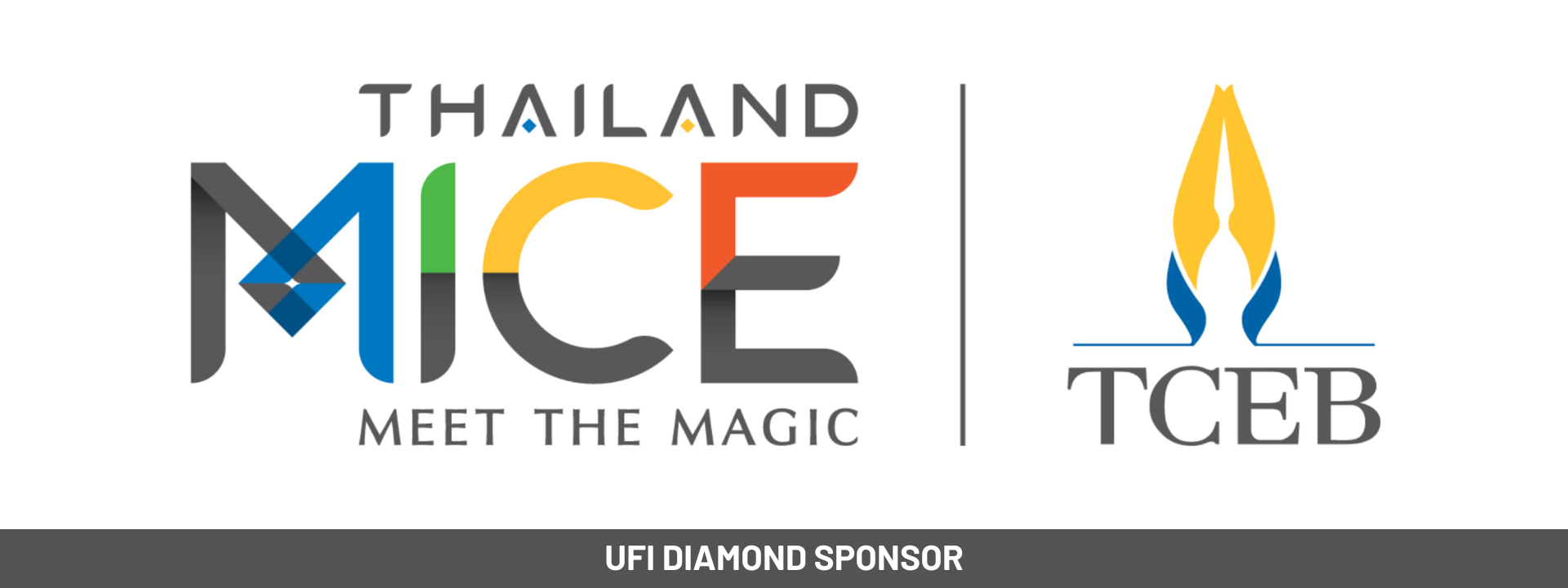
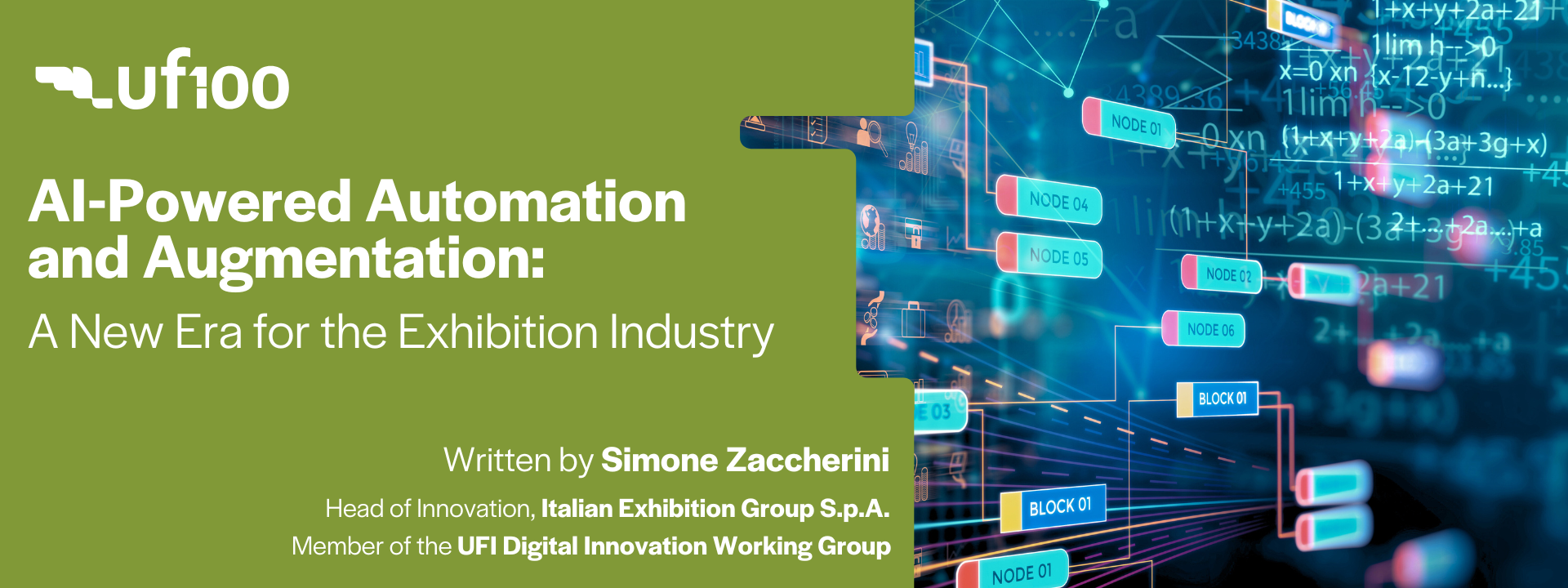
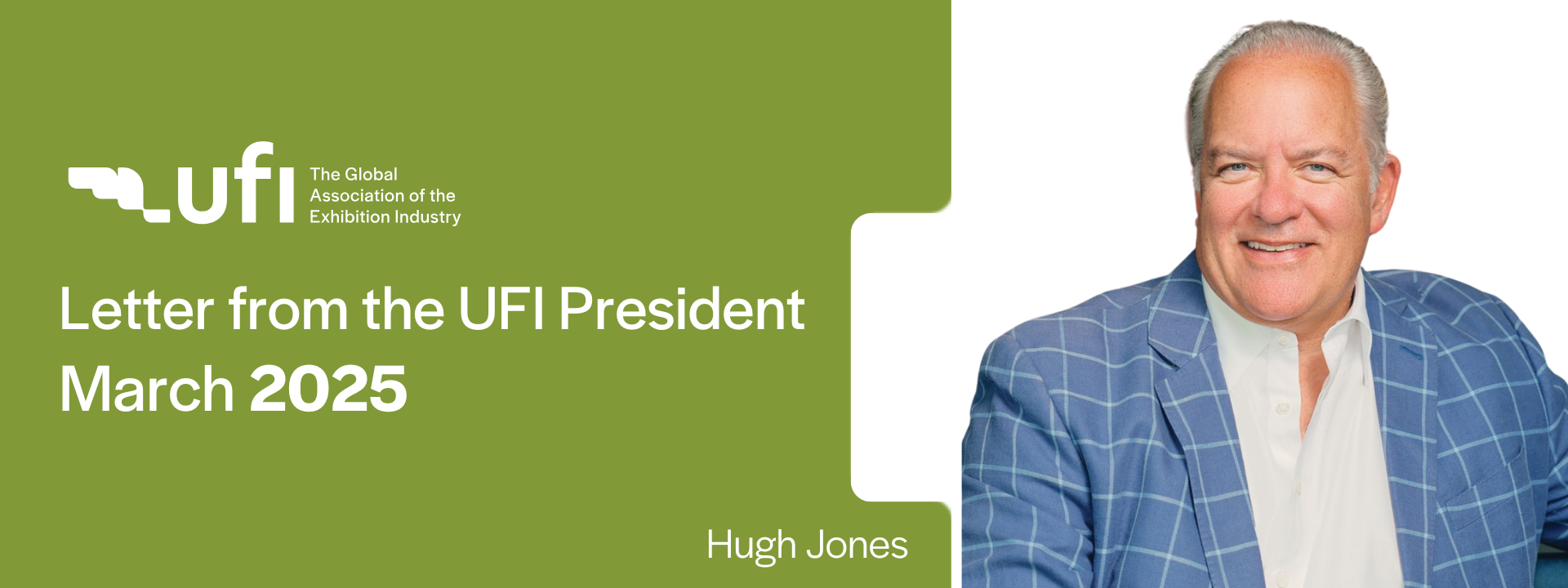
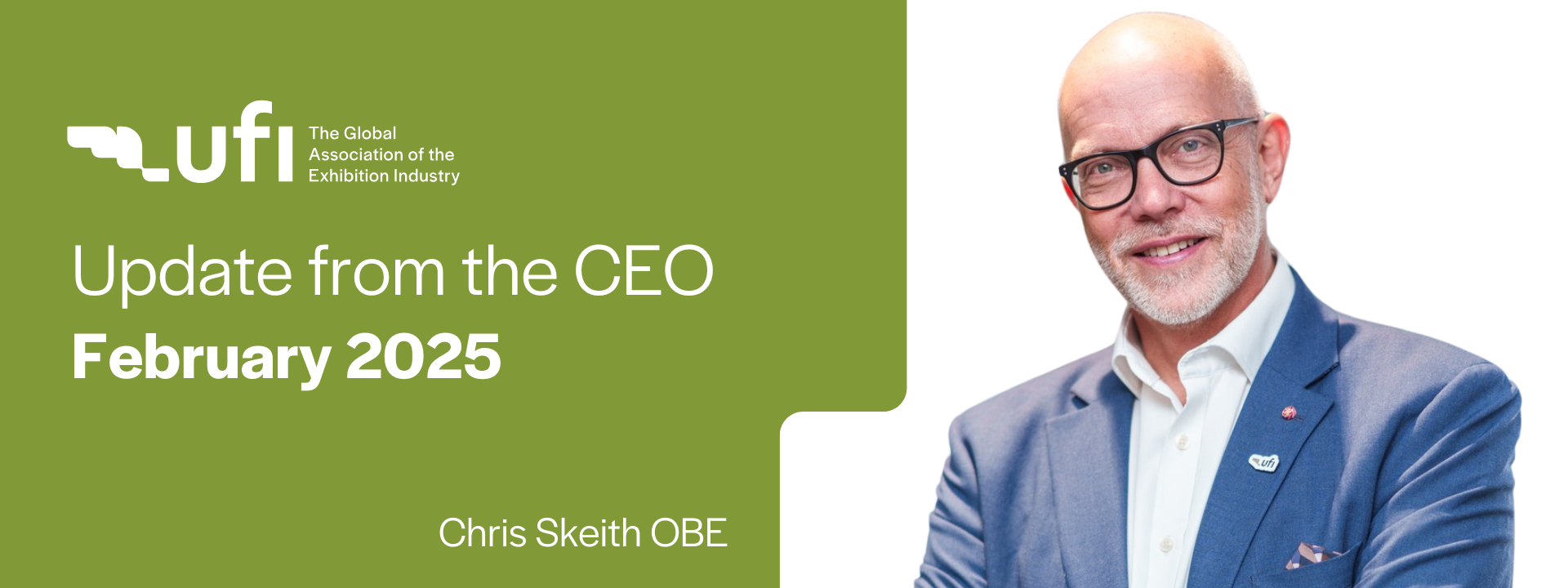
Leave A Comment